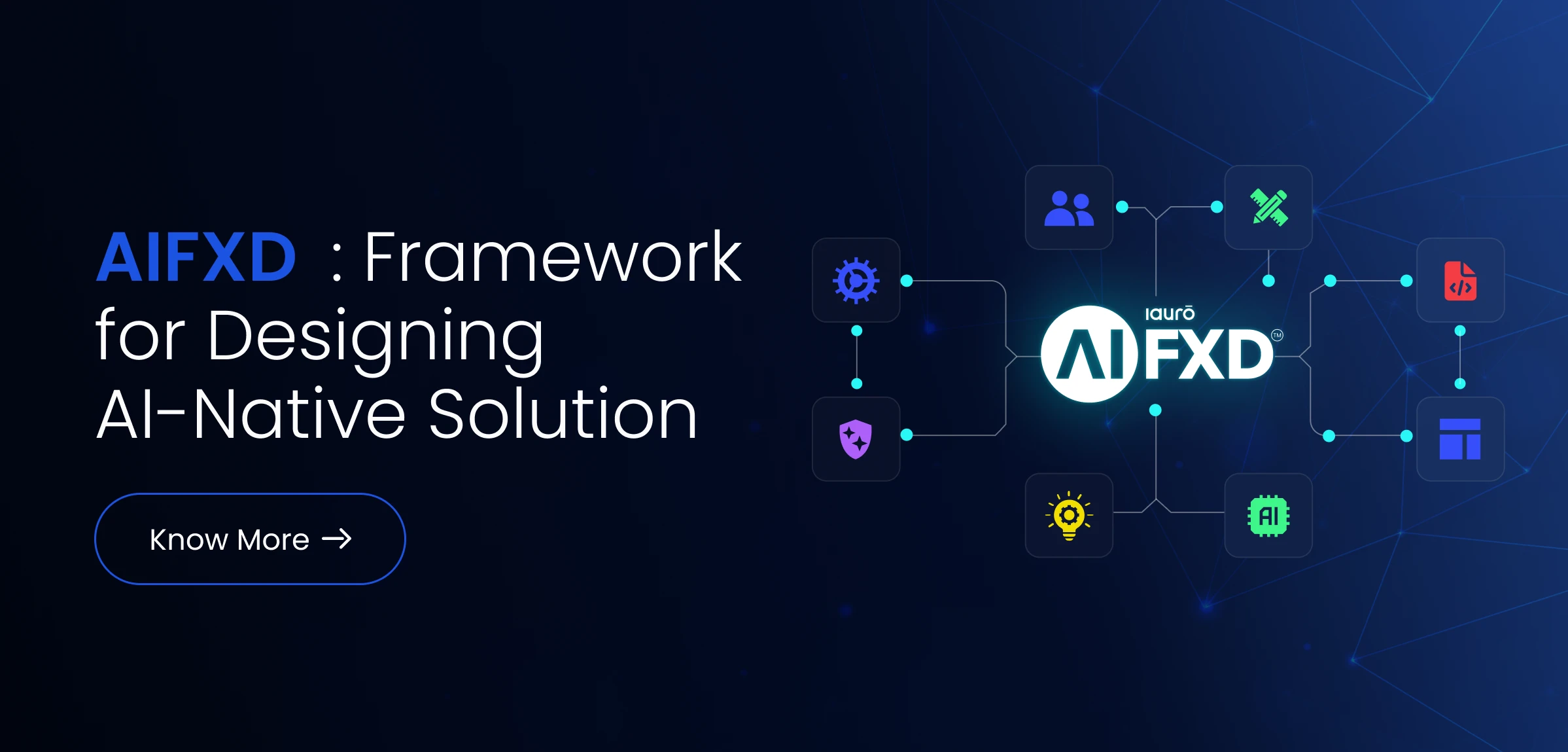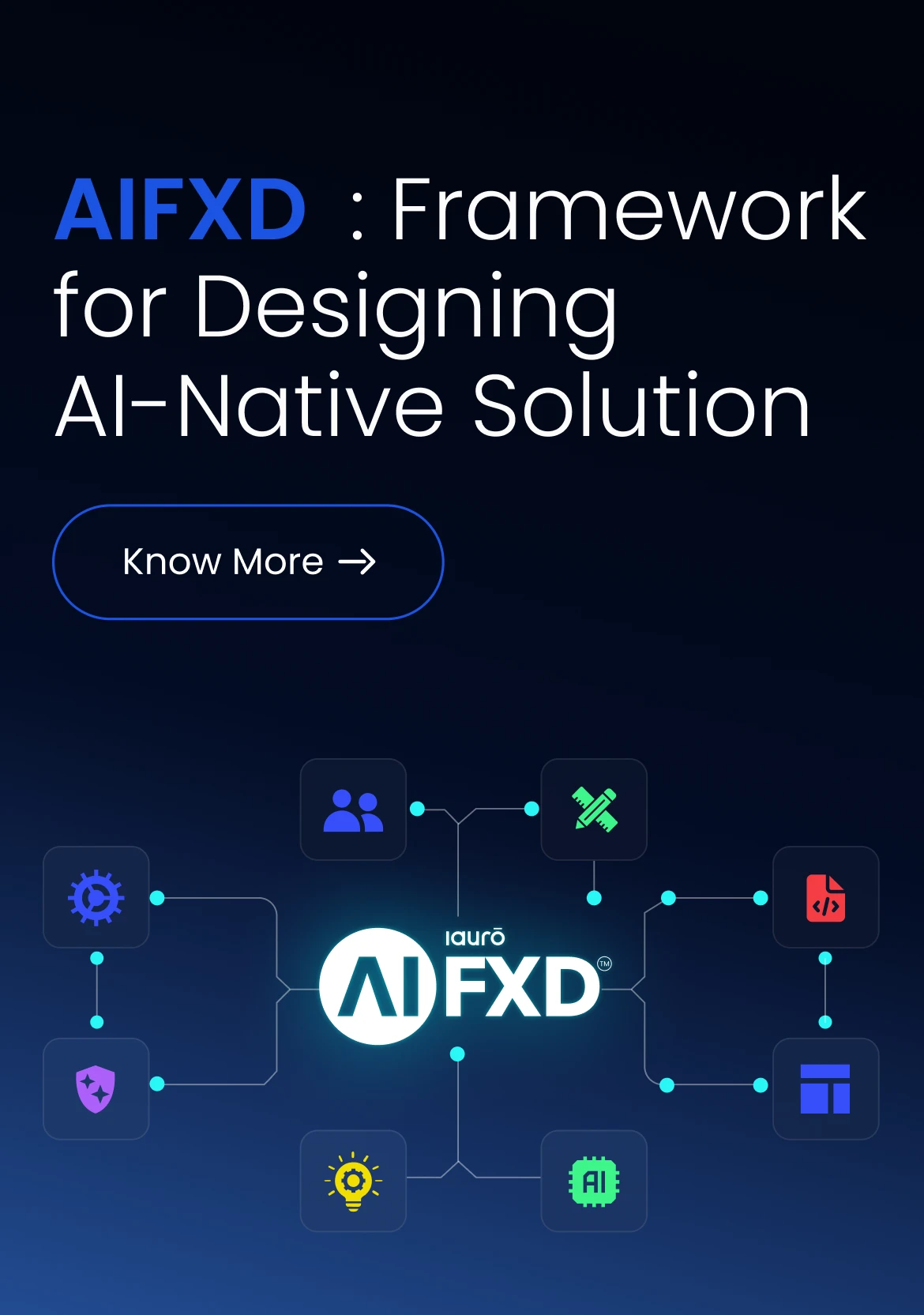The Cloud’s Silver Lining : A deep dive into cloud migration strategies for financial institutions

What is a Cloud Model and How to Achieve the Right Combination?

Public Cloud:
Shared infrastructure offered by third-party providers like AWS, Microsoft Azure, or Google Cloud. It offers scalability and cost-efficiency but raises concerns about data security and regulatory compliance.
Private Cloud:
Dedicated infrastructure for a single organization, either on-premises or hosted by a third party. It offers greater control and security but can be expensive and less flexible.
Hybrid Cloud:
A combination of public and private clouds, allowing organizations to leverage the strengths of both. This is often the most viable option for financial institutions, as it allows them to keep sensitive data on private clouds while utilizing the scalability of public clouds for less critical workloads.
Approaches to Cloud Adoption in Financial Services
Lift and Shift:
Also known as rehosting, this involves migrating existing applications to the cloud with minimal modifications. It’s a quick and relatively inexpensive way to get started but may not fully utilize the benefits of cloud-native features.
Replatforming:
Moving applications to a new cloud-based platform, often with some modifications. This allows for greater flexibility and scalability but may require additional investment.
Refactoring:
Modifying existing applications to optimize them for the cloud environment. This can lead to significant performance improvements and cost savings but requires more time and expertise.
Rebuild:
Completely rebuilding applications from scratch in the cloud. This is the most comprehensive approach, offering the full potential of cloud-native features, but it’s also the most time-consuming and expensive.
gain experience and confidence.
Building a Hybrid Cloud Formation for Ecosystem Banking
To build a successful hybrid cloud ecosystem, financial institutions should consider the following:
API-Driven Integration:
Application Programming Interfaces (APIs) are essential for seamless communication between different cloud environments and partner systems.
Data Management and Analytics:
Hybrid clouds offer the opportunity to leverage advanced data analytics to gain valuable insights into customer behavior, operational efficiency, and risk management.
Robust Security and Governance:
Hybrid clouds require robust security measures to protect sensitive data across different environments. This includes identity and access management, data encryption, and continuous monitoring.
Regulatory Compliance:
Financial institutions must ensure that their hybrid cloud formations adhere to all relevant regulations and standards.
Additional Considerations for Cloud Migration
While the above aspects provide a framework for cloud migration, financial institutions should also consider the following:
Cost Management:
While cloud computing can lead to significant cost savings, it’s important to have a clear understanding of the pricing models and to implement effective cost management strategies.
Talent and Skills:
Cloud migration requires a skilled workforce with expertise in cloud technologies, security, and data management. Financial institutions should invest in training and development to ensure they have the necessary talent to support their cloud initiatives.
Change Management:
Cloud adoption involves a significant cultural shift within an organization. It’s crucial to have a comprehensive change management plan to ensure a smooth transition and to address any resistance to change.

The cloud’s silver lining is not a distant promise but a tangible reality for financial institutions that embrace this transformative technology. By choosing the right cloud model, adopting a phased approach, and building robust hybrid cloud formations, financial institutions can unlock the full potential of the cloud to drive innovation, efficiency, and customer satisfaction. Remember, the cloud is not just a destination but a journey. It requires a strategic mindset, a willingness to adapt, and a commitment to continuous improvement. The financial institutions that embrace this journey will be the ones that thrive in the digital age.

The financial services sector is on the cusp of a technological revolution, and cloud computing is at the heart of it. This transformative technology promises enhanced operational agility, cost optimization, and improved customer experiences. However, for financial institutions, the path to cloud adoption requires a nuanced understanding of the unique challenges and opportunities this transition presents.

Public Cloud:
Shared infrastructure offered by third-party providers like AWS, Microsoft Azure, or Google Cloud. It offers scalability and cost-efficiency but raises concerns about data security and regulatory compliance.
Private Cloud:
Dedicated infrastructure for a single organization, either on-premises or hosted by a third party. It offers greater control and security but can be expensive and less flexible.
Hybrid Cloud:
A combination of public and private clouds, allowing organizations to leverage the strengths of both. This is often the most viable option for financial institutions, as it allows them to keep sensitive data on private clouds while utilizing the scalability of public clouds for less critical workloads.
The right combination depends on an institution’s specific needs and risk tolerance. A robust cloud strategy should include a thorough assessment of these factors to determine the optimal mix.
There are several approaches to cloud adoption, each with its own advantages and drawbacks:
Lift and Shift:
Also known as rehosting, this involves migrating existing applications to the cloud with minimal modifications. It's a quick and relatively inexpensive way to get started but may not fully utilize the benefits of cloud-native features.
Refactoring:
Modifying existing applications to optimize them for the cloud environment. This can lead to significant performance improvements and cost savings but requires more time and expertise.
Replatforming:
Moving applications to a new cloud-based platform, often with some modifications. This allows for greater flexibility and scalability but may require additional investment.
Rebuild:
Completely rebuilding applications from scratch in the cloud. This is the most comprehensive approach, offering the full potential of cloud-native features, but it’s also the most time-consuming and expensive.
Financial institutions should adopt a phased approach, starting with less critical workloads and gradually expanding their cloud footprint as they gain experience and confidence.
To build a successful hybrid cloud ecosystem, financial institutions should consider the following:
API-Driven Integration:
Application Programming Interfaces (APIs) are essential for seamless communication between different cloud environments and partner systems.
Robust Security and Governance:
Hybrid clouds require robust security measures to protect sensitive data across different environments. This includes identity and access management, data encryption, and continuous monitoring.
Data Management and Analytics:
Hybrid clouds offer the opportunity to leverage advanced data analytics to gain valuable insights into customer behavior, operational efficiency, and risk management.
Regulatory Compliance:
Financial institutions must ensure that their hybrid cloud formations adhere to all relevant regulations and standards.
While the above aspects provide a framework for cloud migration, financial institutions should also consider the following:

Cost Management:
While cloud computing can lead to significant cost savings, it’s important to have a clear understanding of the pricing models and to implement effective cost management strategies.
Talent and Skills:
Cloud migration requires a skilled workforce with expertise in cloud technologies, security, and data management. Financial institutions should invest in training and development to ensure they have the necessary talent to support their cloud initiatives.
Change Management:
Cloud adoption involves a significant cultural shift within an organization. It’s crucial to have a comprehensive change management plan to ensure a smooth transition and to address any resistance to change.
The cloud’s silver lining is not a distant promise but a tangible reality for financial institutions that embrace this transformative technology. By choosing the right cloud model, adopting a phased approach, and building robust hybrid cloud formations, financial institutions can unlock the full potential of the cloud to drive innovation, efficiency, and customer satisfaction. Remember, the cloud is not just a destination but a journey. It requires a strategic mindset, a willingness to adapt, and a commitment to continuous improvement. The financial institutions that embrace this journey will be the ones that thrive in the digital age.

